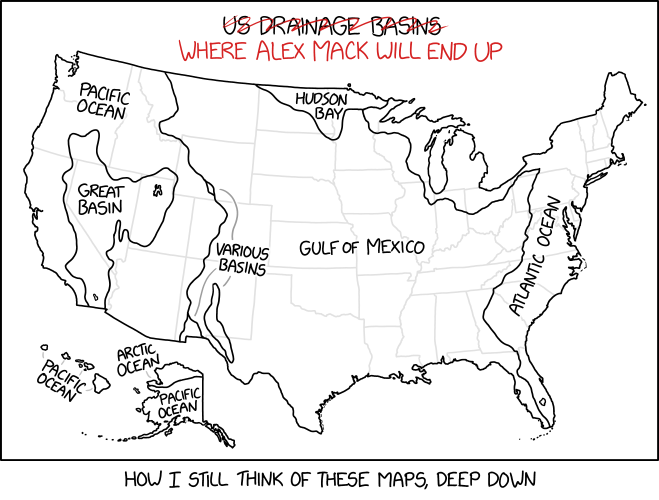Three books that have come out or are coming out this year that deal with maps of early modern Europe:
Navigations: The Portuguese Discoveries and the Renaissance by Malyn Newitt (Reaktion, 24 Apr). “Navigations re-examines the Portuguese voyages of discovery by placing them in their medieval and Renaissance settings. It shows how these voyages grew out of a crusading ethos, as well as long-distance trade with Asia and Africa and developments in map-making and ship design. The slave trade, the diaspora of the Sephardic Jews and the intercontinental spread of plants and animals gave these voyages long-term global significance.” £25/$40. Amazon (Canada, UK), Bookshop.
Here Begins the Dark Sea: Venice, a Medieval Monk, and the Creation of the Most Accurate Map of the World by Meredith F. Small (Pegasus, 6 Jun). A book about the famous Fra Mauro map. “Acclaimed anthropologist Meredith F. Small reveals how Fra Mauro’s mappamundi made cartography into a science rather than a practice based on religion and ancient myths.” $29. Amazon (Canada, UK), Bookshop.
Frames that Speak: Cartouches on Early Modern Maps by Chet Van Duzer (Brill, 25 May ebook, 19 Jul print). I’ve been following Van Duzer’s work on horror vacui, the lack of empty spaces on maps, for some time (1, 2); that work seems to be taken up by at least the first chapter on this new book on cartouches, which is available for free as an open-access download. “This lavishly illustrated book is the first systematic exploration of cartographic cartouches, the decorated frames that surround the title, or other text or imagery, on historic maps. It addresses the history of their development, the sources cartographers used in creating them, and the political, economic, historical, and philosophical messages their symbols convey. Cartouches are the most visually appealing parts of maps, and also spaces where the cartographer uses decoration to express his or her interests—so they are key to interpreting maps. The book discusses thirty-three cartouches in detail, which range from 1569 to 1821, and were chosen for the richness of their imagery.” $144. Amazon (Canada, UK), Bookshop.
More: Map Books of 2023.
 French publisher Conspiration Éditions has announced the forthcoming publication of a huge, luxury edition of the Cassini map. The 18th-century map is, famously, the first comprehensive map of France, and the first map to be based on triangulation. Their edition is enormous: at 56 × 65 cm (or 22 × 25.6 inches), it’s big enough to show each plate as a two-page spread at full size (Conspiration is reprinting a hand-coloured original apparently owned by Marie-Antoinette). At 15 kg (33 lbs), the book is also pretty heavy, and includes a foldable stand. It is, however, not remotely cheap: it’s being published in a limited edition of 900 copies that will be released for sale in April 2024 at the rather stunning price of €2,400; 300 copies can be purchased before the end of October 2023 at the low, low subscription price of €1,800.
French publisher Conspiration Éditions has announced the forthcoming publication of a huge, luxury edition of the Cassini map. The 18th-century map is, famously, the first comprehensive map of France, and the first map to be based on triangulation. Their edition is enormous: at 56 × 65 cm (or 22 × 25.6 inches), it’s big enough to show each plate as a two-page spread at full size (Conspiration is reprinting a hand-coloured original apparently owned by Marie-Antoinette). At 15 kg (33 lbs), the book is also pretty heavy, and includes a foldable stand. It is, however, not remotely cheap: it’s being published in a limited edition of 900 copies that will be released for sale in April 2024 at the rather stunning price of €2,400; 300 copies can be purchased before the end of October 2023 at the low, low subscription price of €1,800.




